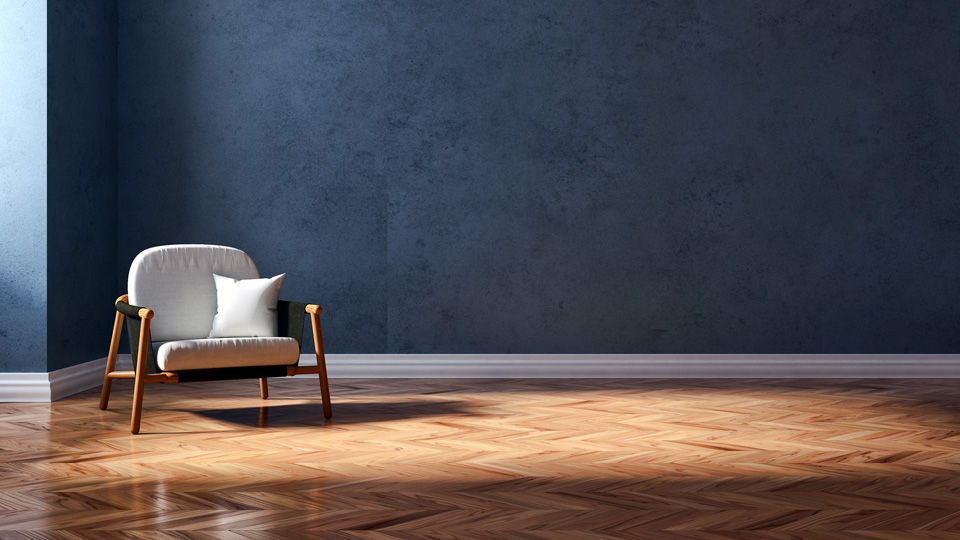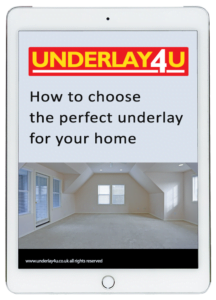Parquet flooring is known for its distinctive and elegant appearance. Some people put it off because of its complexities and slightly higher pricing.
It may not be for you if you’re on a budget but if you’re looking to increase the value of your home with a unique type of flooring, then keep reading.
What is it?
Parquet is not actually a type of wood floor. It’s simply small, individual wood pieces arranged in a geometric pattern, typically forming various designs such as herringbone, chevron, or basketweave.
This means you can buy certain types of laminate or wood pieces, which can be arranged as such. The type of wood will ultimately determine the price you pay.
Parquet flooring has been used for centuries and is often associated with high-end and classic interior design.
You might even find it in old sports halls and old school buildings. In the home, it’s gained in popularity and is now readily available on many websites or shops.
Here are some key aspects to know about parquet flooring:
Parquet flooring can be made from various hardwoods, such as oak, maple, cherry, walnut, or mahogany. The choice of wood can influence the flooring’s appearance and durability. It can also affect the price.
A herringbone pattern is where the blocks are laid at 90-degree angles to each other,
The chevron pattern is where the blocks are laid in a V-shaped design.
Other patterns include basketweave, brick, and diagonal designs.

Think about the installation process of Parquet flooring
Part of your decision as to whether to go for parquet could be determined by the installation complexities of the floor.
Especially if you’re fitting it yourself and have no prior experience in fitting floors (or underlay)
This is where many will decide against parquet flooring. Mainly because it is more difficult to fit and install.
The thing to remember is that it can be installed in different ways. The two most common methods are “solid” and “engineered.”
Solid parquet is made from individual wood blocks that are glued directly to the subfloor. Engineered parquet consists of a layer of hardwood veneer on top of a base layer of plywood or fibreboard.
This engineered construction helps reduce the risk of warping and is often recommended for areas with fluctuating humidity levels.
Does parquet flooring need underlay?
It’s a question we try to answer in all our articles. Whether a specific floor needs underlay or not.
The simple answer is yes.
We recommend fitting an underlay underneath the parquet. That’s because it will help insulate the home, decrease noise travel, and protect the flooring.
That said, it’s important to choose a product that is specifically designed for wood flooring.
How long does it last?
Most Parquet flooring is durable and can last for many years, especially when well-maintained. Probably beyond your lifetime. That’s why it’s often worth the investment.
The specific durability depends on the type of wood and the finish applied. Hardwood species like oak and maple are known for their strength and resilience.
Routine maintenance is essential to keep parquet flooring looking its best. Regular sweeping and occasional damp mopping are typically sufficient for cleaning. Avoid excessive moisture and use a wood-specific floor cleaner.
Depending on the finish, it may be necessary to periodically sand and refinish the floor to maintain its appearance.
This flooring certainly adds a touch of sophistication and warmth to any interior space. It can complement both traditional and contemporary design styles.
The choice of wood, pattern, and finish can significantly impact the overall aesthetic.
It can be more expensive than regular wood floors
Parquet flooring is considered a premium flooring option and is generally more expensive than traditional hardwood planks. T
The cost can vary depending on factors like the type of wood, pattern complexity, and installation method.
When choosing parquet flooring, consider the source and sustainability of the wood.
We recommend you look for products certified by organizations like the Forest Stewardship Council (FSC) to ensure responsible harvesting practices.
Parquet flooring can help improve the acoustics in a room by reducing sound reflection and dampening noise. As such, it’s often chosen for this reason in areas where noise reduction is important.
Overall cost
Let’s take a quick look at the overall cost for a 20m2 room. Please note, costs are approximate.
Floor price
£400 to £1,800
Sub-floor preparation (screeding):
£200
Installation by a professional:
£800 to £2,000
Total cost
£2,200 to £6,200
You could claim some of the cost back
Parquet flooring can enhance the resale value of a home due to its timeless appeal and premium look.
Parquet flooring adds character to any interior space. Its durability, maintenance requirements, and cost make it a choice suited for those who appreciate its elegance and are willing to invest in long-lasting, quality flooring.
Lifting old Parquet Flooring
If you’ve moved into a home and you don’t feel you can restore it or you just don’t like, it you could lift it. Lifting it carefully means you could
- Start by working along the edge of the floor using a putty knife, a floor scraper, or a chisel. Gently insert the tool underneath a parquet block.
- Apply pressure and work the tool back and forth to loosen the adhesive beneath the block.
- Slowly lift the block upward, taking care not to crack or break it. If it doesn’t lift easily, apply a gentle heat source, like a heat gun, to soften the adhesive.
- Continue this process along the edge of the floor, gradually working your way toward the centre of the room. Be patient and methodical to avoid damaging the blocks.




